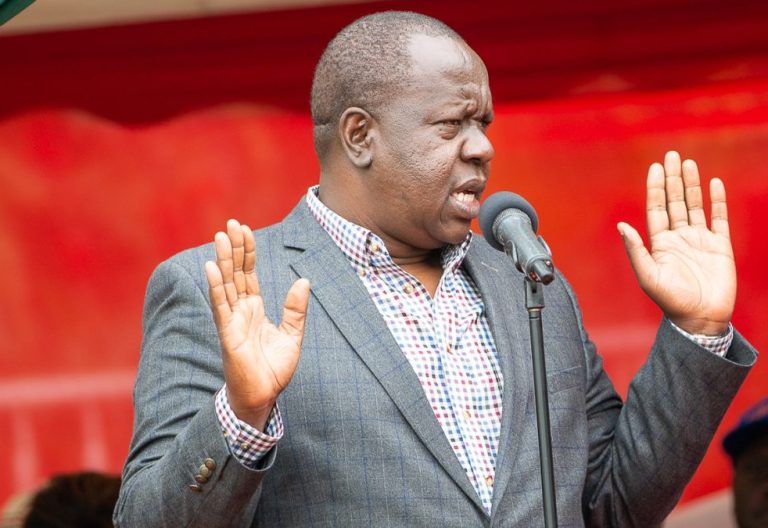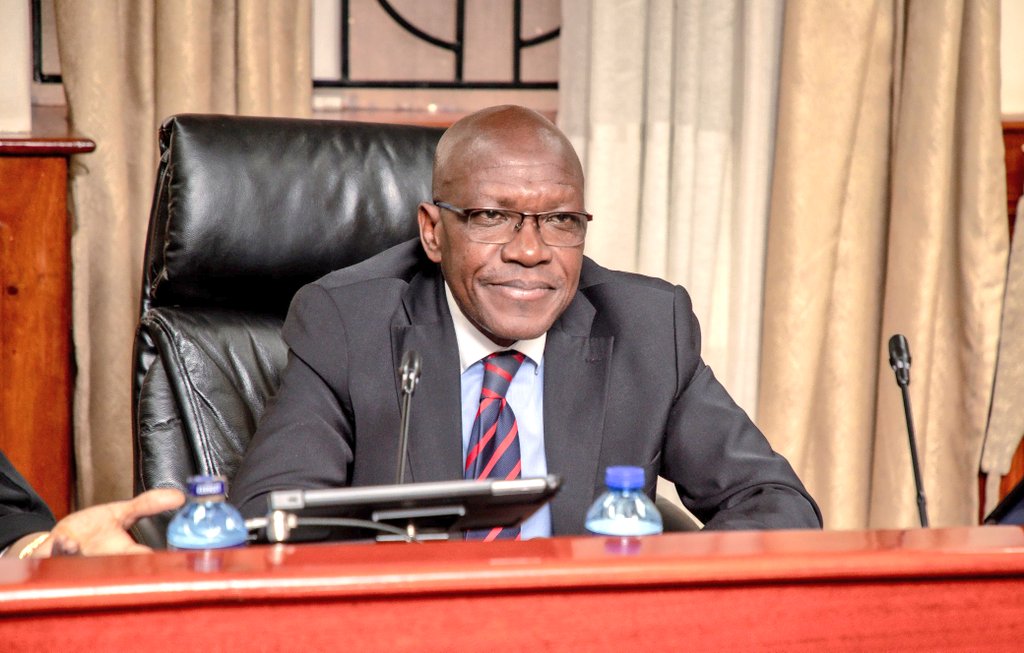What supreme law says about impeaching DP

The Constitution gives the National Assembly and the Senate the powers to impeach the Deputy President.
Articles 144 and 145 of the supreme law provide for two ways to remove the President – through impeachment or on the grounds of incapacity.
These articles apply, with necessary modifications, to the process of removing or impeaching the DP.
One of the functions of the Senate is to weigh any resolution to remove the President or DP from office. So the Senate handles the process of removing or impeaching the DP.
The Senate’s Standing Orders also expound on the removal and impeachment process.
A member of the National Assembly, supported by at least a third of members, may move a motion to impeach the DP on the ground of gross violation of a provision of the Constitution or of any other law; where there are serious reasons for believing that the DP has committed a crime under national or international law; or for gross misconduct.
If at least two-thirds of National Assembly members support the motion above, the Speaker will inform the Speaker of the Senate of that resolution within two days. But the DP continue to perform the functions of his office pending the outcome of the impeachment proceedings.
Within seven days after receiving notice of a resolution from the Speaker of the National Assembly, the Speaker of the Senate will convene a meeting of the Senate within seven days to hear charges against the DP.
A special committee will report to the Senate within 10 days whether it found the allegations against the DP to have been substantiated. The DP will have the right to appear and be represented before the committee.
If the committee reports that allegations against the DP had not been substantiated, no further proceedings will be taken; or if the allegations were substantiated, the Senate will vote on the impeachment charges.
If at least two-thirds of members of the Senate vote to uphold any impeachment charge, the DP will cease to hold office.












